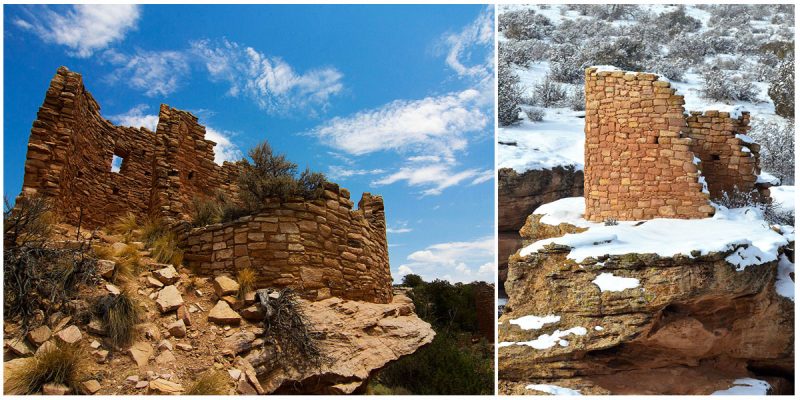Hovenweep National Monument, located in southwestern Colorado and southeastern Utah, contains six separate abandoned and ruined Ancestral Puebloan villages of the mid-thirteenth century.
This region was probably visited by nomadic hunters from 8, 000 to 6, 000 B.C. until about AD 200. Later, the Anasazi occupied this area and remained there until the 14th century. The name Hovenweep comes from a Paiute word meaning “deserted valley” and it was given to the site by the photographer William Jackson in 1874.
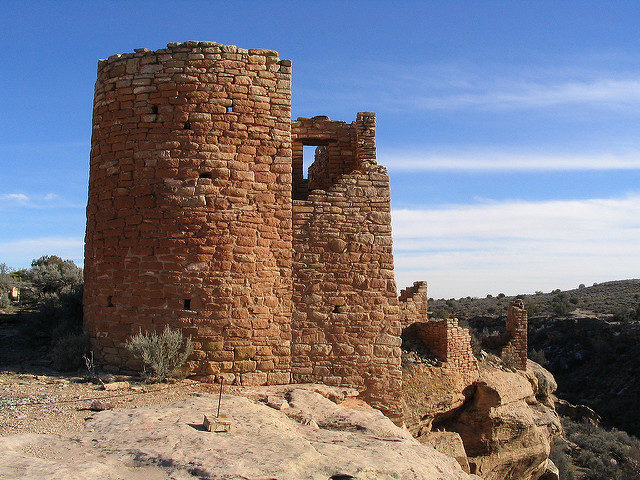
From the period when hunter-gatherers were present on the site until the occupation of the Anasazi there were many cultural changes. The hunters lived in a difficult terrain with very little food and limited vegetation. They had to eat seeds, some fruits, and nuts.
From AD 50 to 500 the people on this site, especially those living in the Four Corners region, made baskets and were introduced with maize. They were called “Basketmakers” because of their skills in making baskets for storing food. These ancestors of the pueblo people traded various products about 2, 000 years ago including belts, bags, and sandals.
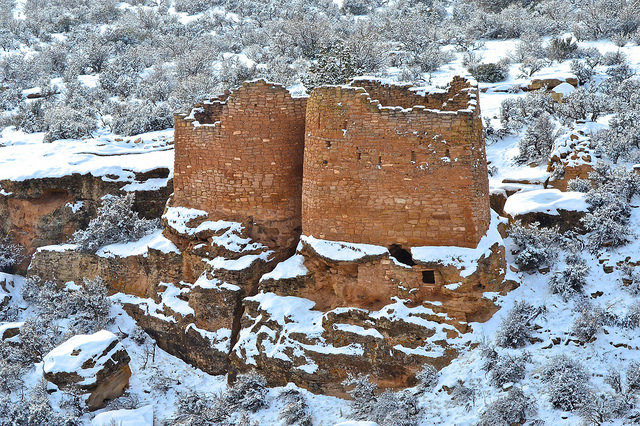
After the AD 500, they were introduced with pottery which eliminated the creation of some previous products like the woven bags. They started to build pit houses which were built several feet below the surface and made blankets and robes from turkey feathers.
The houses were built with stone, windows and in U, E and L shapes. They built towers for look-outs and made bows and arrows which made hunting easier. After 750, they made a lot more products from pottery and started to design jars, pitchers, and bowls. They made black clay from plants and produced amazing decorations on the clay products.
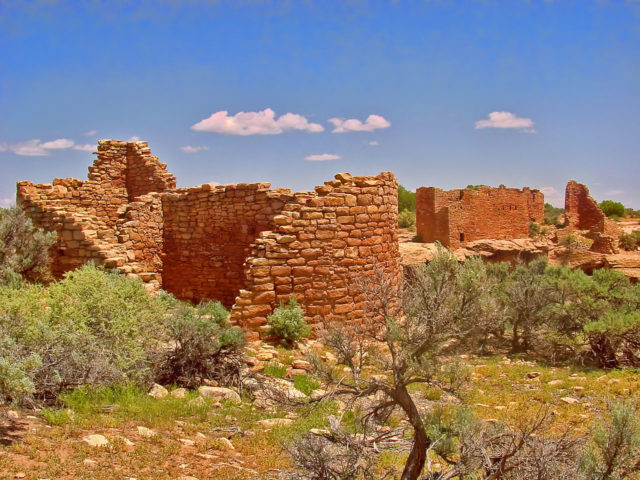
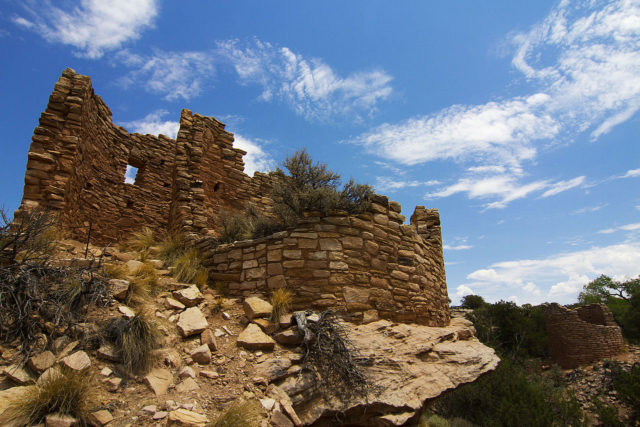
From 900 to 1150 year, a lot of people moved from Mesa Verde to the heads of canyons (today Canyon de Chelly National Monument). In this period, the Puebloan people improved their architectural skills. They started to built houses with two storeys and by 1160 they started to build larger residential complexes with dams and reservoirs. According to some explorers from the 19th-century, these complexes with stone towers were considered castles.

There are six groups of pueblo buildings: Gajon Group, Cutthroat Castle group, Goodman Point group, The Holly group, Hackberry and Horseshoe group and Square tower group. They are all unique in their structure and represent the growing of the pueblo architectural development through the years.
The largest of the remains is the Cutthroat Castle which is one the north side of the stream in Hovenweep. The Holly Group is known for the beautiful rock art and the Square Tower group is the largest collection of pueblo buildings at the site.
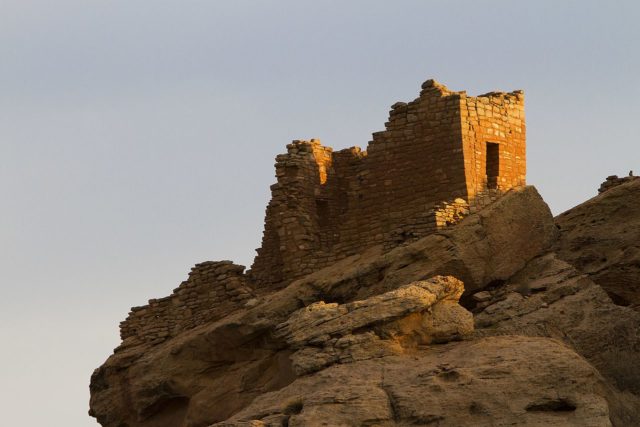
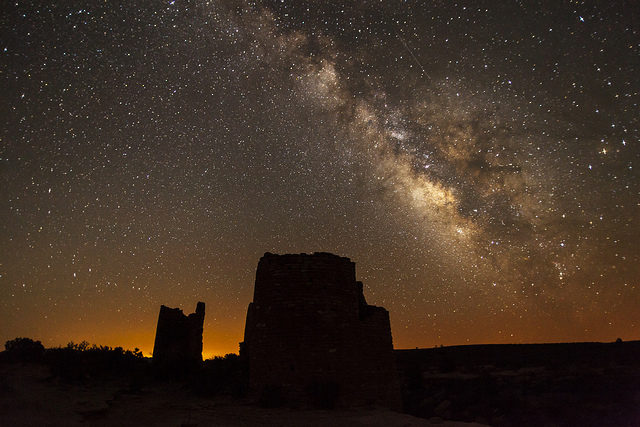
The first reports of the ruined structures at Hovenweep were made by W. D. Huntington on his expedition in Utah in 1854.
In 1923 the site became a National Monument and is administrated by the National Park Service and in 2014, Hovenweep was designated as an International Dark Sky Park by the International Dark-Sky Association.
